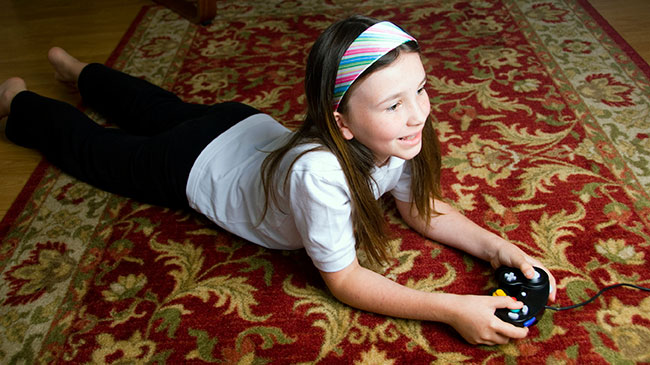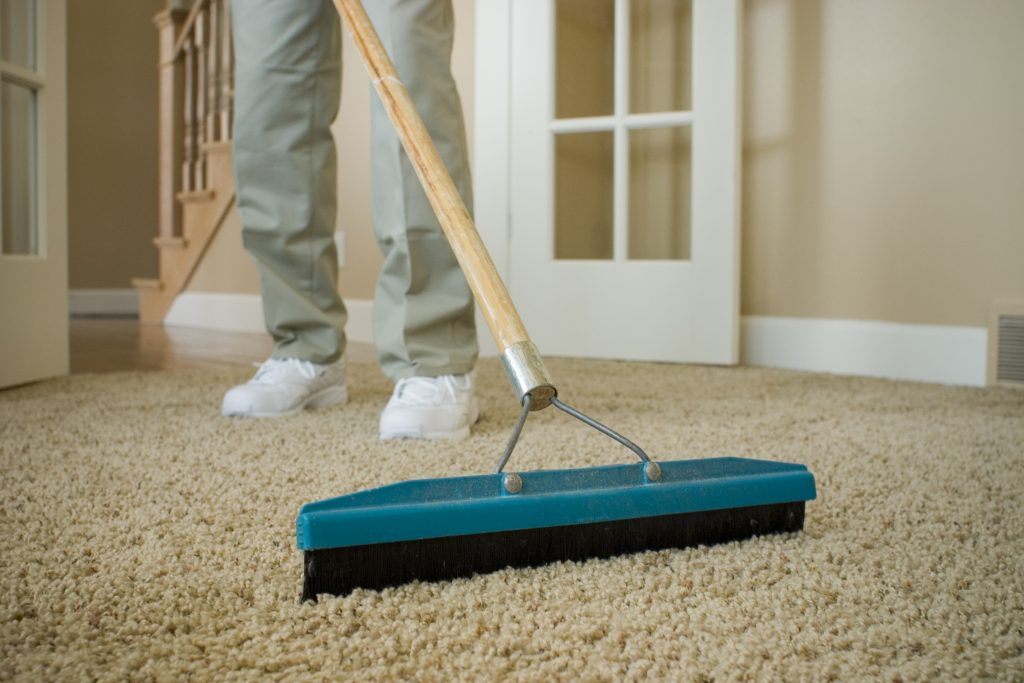Area Rug Cleaning

Chem-Dry is one the leading rug cleaning companies in Australia. Our cleaners are highly trained and experienced in taking care of your valuable oriental rugs. At Chem-Dry Care, we determine the best cleaning technique and method that suits your rug’s particular fibres, dyes, and construction. That ensures fibre and colour revival that will extend the life of your rug and protect your investment.
We have have standard procedure in place to follow before start cleaning and carpet or rug. Below are the some steps that we follow during our visit to your place for the service.
Call our area rug specialist in your local area of Albury, Wodonga and surrounding areas.
Our Standard Area Rug Cleaning Procedure:
Step 1: Inspection Report & Analysis
Before start cleaning, we thoroughly inspect the rug to identify any defects and stains to be removed. We also need to find what type of construction and chemical composition of the fibre is to apply correct cleaning product and procedure.
The check and document the construction, type of fiber and stability of the dyes. This information is crucial as each type of fiber or different construction may require using different cleaning procedures for unique cleaning requirements for optimal results. We assess any existing damage reveals that can cause potential cleaning issues. We discuss it with the client to adapt our cleaning process depending on what we discovered and what the client’s needs are.
Step 2: Mechanical Agitation & Air Dusting
Did you know that your rug can hold up to 4 kilograms of dirt per square meter before it even begins to look dirty? Research shows that over 75% of the soil found in a rug will be dry particulate matter – dry soil and abrasive grit that damages the fibres due to foot traffic. So, the first step in the cleaning process is to remove those dry particles which enables the rug pile to be raised and makes cleaning of the fibres easier. of the fibers to be cleaned. We use top-notch micro-agitation equipment to gently remove all loose dirt and debris in our rug treatment spa built specifically for that purpose.
Step 3: Dye Stability Testing
Even with high standards of rug fabrication, there are no strict dye-creation standards throughout the rug-making regions of the world. To analyse the colour-fastness of the dyes in your rug and work out what method of cleaning should be used to prevent any colour transfer we perform dye stability/bleed test. Our experience allows us to see the difference between dye instability and excess dye that has not been rinsed out of yarns before rug production (yarn that has extra dye left is often used by rug makers in desert areas where there is limited water). A person who doesn’t have a lot of experience can make colours bleed or run, even if they use quality equipment. This step is important and requires special attention to avoid potential disasters.
Step 4: Pre-Treatments
Tough stains, such as pet stains or urine damage, need special care that includes pre-treating your carpets or rugs. This is an additional step that allows not only get rid of deep-set stains but also eliminate any bad smells.
If the stains have not already set, we will treat them using specialist chemicals to remove as much of the spill as possible. If the stain has set, we use alternate methods to remove them. Pungent odours and urine damage in rugs are pre-treated to destroy the urea crystals at a molecular level, neutralising the off-gassing process responsible for the smell. No professional cleaning company can ever guarantee perfect results of odour or stain removal as it’s not an easy process with quite a few variables. We promise to use all our skills and experience to remove or drastically reduce severity of the stain and odour.
Step 5: Pre-Spray
A nontoxic, wool-safe cleaning agent is evenly applied to the whole rug in the next step which is pre-spray. Pre-spraying emulsifies and help agitate dirt and stains to prevent any colour run or dye migration on some rugs. Wool rugs need special care to prevent the natural oils from being stripped in the cleaning process and maintain the lusture of the wool. All our cleaning solutions are as close to pH neutral as possible and eco- friendly. That is essential to ensure that the solutions are gentle to the rug fibres and so they not damaged during the cleaning process.
Step 6: Cleaning
In the previous steps our technician have pre-determined what method of cleaning should be used for your rug depending on the type of fibre, construction, and bleed tests. We thoroughly clean the rugs using by hand, extraction, submersion, or other methods. If dye testing shows that the dyes are stable, we can wash the rug using cold water and mild pH cleaning agents in our ‘rug spa’. Sometimes we use specialist machines with soft brushes and mild agitation. This way of cleaning is the safe and effective as it doesn’t rely on using harsh alkaline chemicals. Full water immersion helps clean rugs all the way through to the backing and include the fringes without damaging them.
Step 7: Rinsing
When the rugs are clean, we rinse them thoroughly using professional compression equipment that’s specifically designed to rinse all detergents and remove any residue from the rug fibers. Our rinse extraction machine shoots a high pressure stream of rinse solution deep into the rug, removing cleaning solutions without the risk of dye migration. This step help partially dry the rug as well, keeping your rug cleaner longer.
Stage 8: Stubborn Stains
In case there are any spots or stains remaining on your rug, we will treat them with our many special spot-cleaning solutions. If we do not get the stains out with our professional cleaning products, there’s a big chance that they cannot be removed. Another way of dealing with a stain that cannot be removed is to ‘bleach’ it out or re-dye the area of concern to make it less visible.
Stage 9: Sanitisation (Optional)
Need allergy cleaning? Removing allergens is highly recommended to eradicate bacteria and germs if you or your family members suffer from allergies or asthma. Even a thorough cleaning stage, will not guarantee removal of potentially harmful contaminants that may have negatively affect your health. Applying a commercial grade nontoxic sanitiser ensures neutralising them so your home is safe to sensitive people. This stage is optional and can be undertaken upon request.
Stage 10: Pile Grooming or Raking
After cleaning the rug cleaning, we need to groom the nap in the correct direction before the rug is dry. The appearance and feel of the rug once it’s dry depends on how thorough the grooming process is. This step ensures that the pile will reflect light in one direction and not leave shaded areas.

Stage 11: Stain Protector (Optional)
Another optional extra is applying stain protector. We recommend this step to your rug cleaning routine as it makes vacuuming quicker and more efficient allowing more dry soils to be removed by your household vacuum by creating an invisible shield around each fiber to resist soil and stains. The repellence provided will enable most liquid spills to be removed before they cause unsightly carpet stains. It also helps prevent dirt and stains from being ground in the rugs.
Stage 12: Fringe Finishing
Once rugs have been cleaned and dried, we check the fringe to make sure that it is as clean as possible. Our immersion washing takes care of that, so the fringes is that fringes can are cleaned to a high standard. However, if after cleaning the carpet the fringe still looks unwashed, we use specialist solutions to enhance its appearance. We also hand groom the fringe, remove as many knots check for unravelled tassels or other damage.
Stage 13: Post Cleaning Inspection
At the completion of drying, our Rug Cleaning Technicians will re-inspect the rug to make sure all areas have been cleaned thoroughly.

